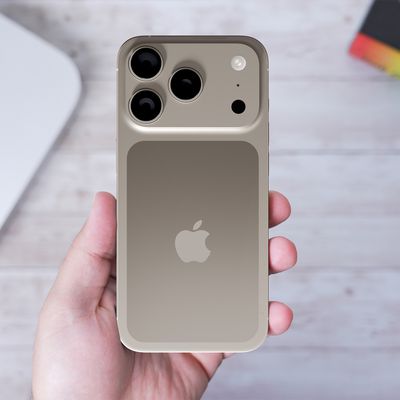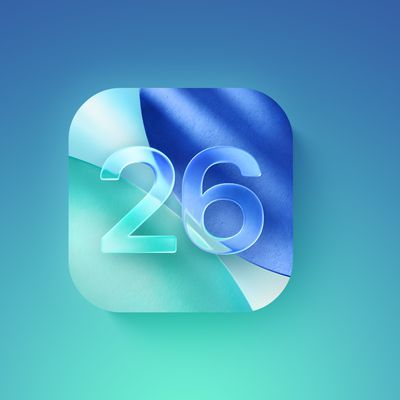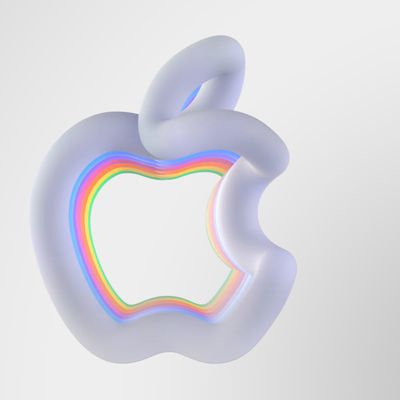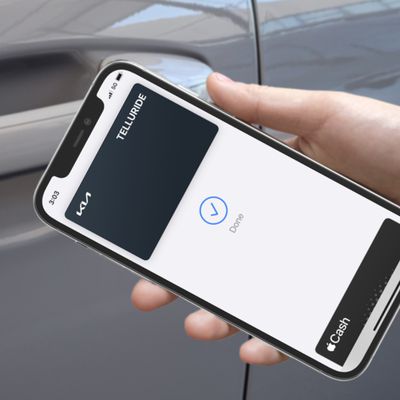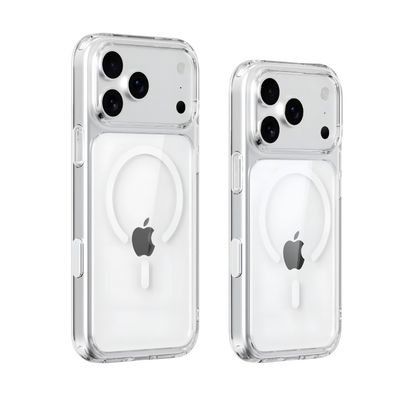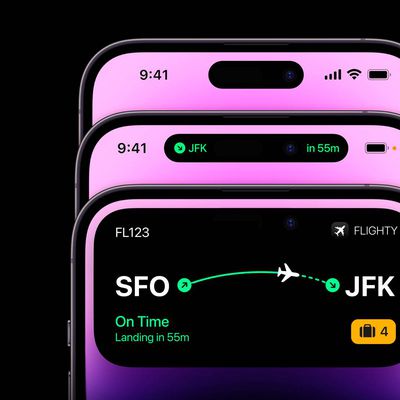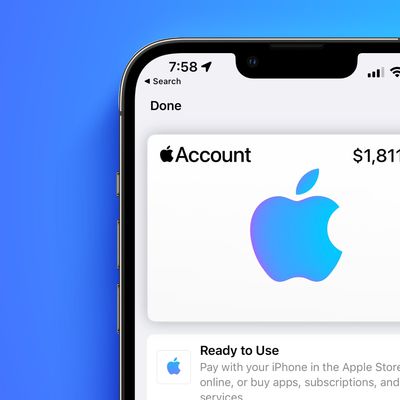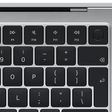With the announcement of the iPhone 3G S yesterday, many current iPhone users have been looking to upgrade to the new model. Unfortunately, many users have been surprised and disappointed to find that their carriers are requiring that existing iPhone customers under contract are unable to immediately upgrade at the $199/$299 price point offered to "qualifying" customers.
It appears that many of these users had expected to be "qualified" for the lowest pricing despite being currently locked into a multi-year contract, as carriers such as AT&T permitted original iPhone users to upgrade to the iPhone 3G at the qualified price despite still being under their original two-year contracts. The key difference between last year's situation and this year's is that the original iPhone was unsubsidized by AT&T, and thus the carrier had no upfront subsidy to recoup through the two-year contracts its customers were on.
Customers on iPhone 3G contracts, however, received initial subsidies of several hundred dollars, meaning that carriers will require those customers to fulfill most or all of their contracts prior to qualifying for full subsidized pricing on upgraded models. This policy is not unique to AT&T, as upfront carrier subsidies quickly became the basis of Apple's iPhone business model throughout the world. As TechRadar notes, UK carrier O2 has also been receiving complaints from customers unable to qualify for fully subsidized pricing.
Speaking to Steve Alder, General Manager of Devices for O2 UK, he pointed out that it simply wasn't viable to let O2's iPhone customers upgrade early:
"Having subsidised much (or all - depending on tariff) of the price of a customer's iPhone 3G, we simply cannot justify invalidating that contract and subsidise a second device for the same customer.
"Much as we understand the desire of many customers to have the latest version, this would be a loss making deal for O2 and would be a distinct set of business terms for iPhone customers that don't apply to our other customers."
Confusion remains, however, over just what requirements are necessary in order for existing customers to qualify for subsidized pricing for a given carrier. Carriers typically permit users to qualify for partial or full subsidized pricing on handset upgrades several months prior to the expiration of their existing contracts in exchange for the customer locking in for an additional multi-year contract.
But AT&T iPhone 3G customers, for example, appear to be receiving varying information about when they will be eligible for subsidized pricing on the iPhone 3G S. One MacRumors forum member reports that an AT&T representative claims that this discrepancy stems from whether the customer purchased an original iPhone prior to purchasing an iPhone 3G, in which case the customer would qualify for subsidized pricing on the iPhone 3G S only 12 months after signing their iPhone 3G contract instead of the 18 months required for customers who had only purchased an iPhone 3G. A number of other forum members, however, claim that the pricing offers they are receiving do not reflect this supposed set of rules.
Because it remains unclear exactly how much of their contracts iPhone 3G users will need to fulfill before becoming eligible for subsidized pricing on the iPhone 3G S, customers looking to upgrade should anticipate additional clarification on this process from their carriers.


